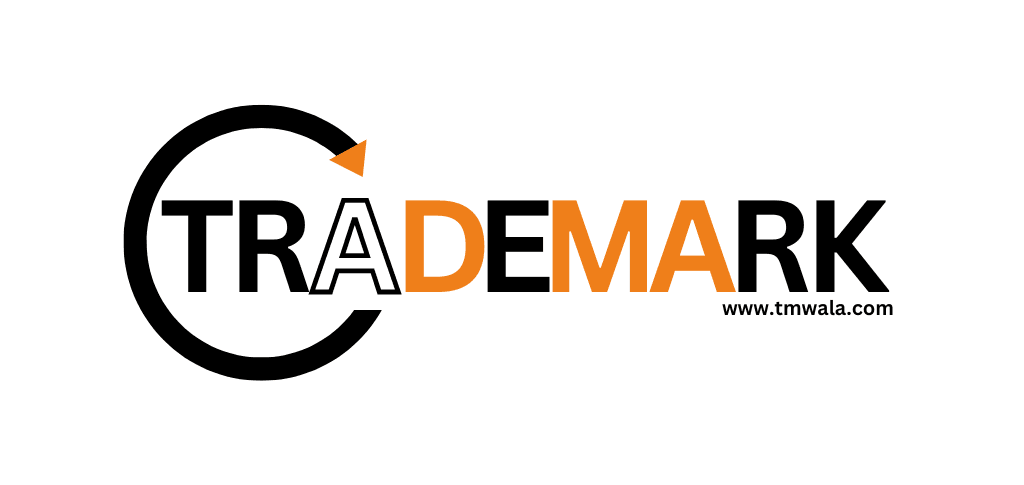
₹4,000.00 Original price was: ₹4,000.00.₹1,999.00Current price is: ₹1,999.00.

₹8,000.00 Original price was: ₹8,000.00.₹3,999.00Current price is: ₹3,999.00.

In this article, we will discuss the impact of Goods and Services Tax (GST) on gold in India, GST rates on gold, GST on old gold exchanges, GST on sovereign gold bonds, etc. As gold holds a significant place in Indian culture and investment portfolios, it becomes crucial to know how GST affects its pricing and taxation. The article talks about the tax implications on gold under GST, including how VAT is no more applicable, benefits on sovereign gold bonds, and GST calculation on gold purchases along with making charges. We will also highlight GST implications in the case of second-hand gold and the comparison with previous VAT principles.
The article also examines GST-wielding the overall consequences on gold Prices in Indian Market. This guide is for consumers, traders and tax professionals who want to understand how gold in its different forms are taxed under GST. Understand what role compliance requirements, rate slabs & exemptions play in the gold market today.
Gold has always played a vital role in Indian culture and economy. In 2017, taxation for gold came under a paradigm shift with the implementation of the Goods and Service Tax (GST). This article explains GST rates on gold jewellery, impact of GST on gold prices, and how to calculate GST for gold purchases.
Prior to the implementation of the GST regime in India, gold was being taxed under various heads such as VAT on gold, central excise and customs duty. The total tax rate was different by state, making prices inconsistent and compliance challenging, the report said.
Buyers were charged approximately 1% VAT on goldbesides 1% excise duty (in some cases), 10% customs duty on imports. Some states also imposed octroi or entry tax, further burdening business.
The pre-GST structure, therefore, needed reform, paving the way for a unified system that would simplify taxation while increasing some level of visibility for both buyers and jewellers.
Since implementation of GST regime in India in July 2017, taxation of gold has been rationalised and placed under one umbrella. This replaced the previous multilevel tax system with a more simple and uniform approach across states.
As per GST, gold attracts 3% GST on the value, and making charges on the gold jewellery are taxed at 5% separately. This two-rate system applies equally to new and customised gold ornaments.
GST offered opportunities and responsibilities for jewellers. The system did recognise input tax credit on business purchases, but once the GST registration crossed a certain threshold (which again depended on turnover), meant constant filing, proper invoicing, proper accounting, etc.
On the whole, GST contributed to formalisation of the sector, reduced tax evasion, and enhanced compliance. It also clarified long-held misconceptions about gold products, including prices and taxation, among consumers.
Gold jewellery is taxed at a 3% standard rate on standard gold under the GST system. The making charges, which form of the labour or service component, would be separately chargeable at 5% GST if charged as separate item.
This implies that when a customer purchases gold ornaments, the final bill is 3% GST on the value of gold and 5% on making charges, whether the jewels are ready-made or custom-designed. When charges of performance are included in the price, then the total value is taxed.
While the tax rate did go up a little compared to the pre-GST era (which had only a 1% VAT on gold), the systematic and transparent manner under which GST works has made it easier for both buyers and sellers to know how much tax is being levied on gold jewellery.
The value on which the GST is payable when a customer is exchanging old gold jewellery for new ornaments is only the value of the new jewellery and not on the old gold he is giving in exchange. The jeweller passes the old gold received as a purchase and no GST is applied on old gold.
For instance, if you trade in your old bangles worth ₹30,000 for a necklace worth ₹70,000, GST is applied only on the net ₹40,000 difference (plus any making charges, if applicable). This makes GST on old gold exchange relatively customer-friendly and aids in the recycling of gold in the industry.
However, Jewellers must document these transactions appropriately to comply.
The GST on gold is charged on two components — the value of the gold itself and the making charge. Under the GST regime in India, a 3% tax is applied to gold purchases and a 5% tax applies to making charges, which is classified as a service.
To understand the calculation, here is a basic step by step example:
Say you are purchasing a gold necklace:
Gold worth (weight × rate): ₹50,000
Making charges: ₹5,000
At present, GST is being computed in such a way:
GST @3% on gold: ₹50,000 × 3% = ₹1,500
GST @5% on making charges: ₹5,000 × 5% = ₹250
Total price payable = 50000 + 5000 + 1500 + 250 = ₹56,750
So whenever you are purchasing gold jewellery, keep in mind that the GST rates on gold jewellery comprise of 3% on the value of gold and 5% on making charges. Such transparency in breaking down the cost demystifies the tax element and allows customers to compare prices among jewellers.
For consumers, it’s wise to ask for an itemized invoice that reflects this breakup. Correct calculation and billing are very important for jewellers for smooth GST compliance and also to claim input credit.
Being an attractive instrument with tax benefits as per the present taxation regime, Sovereign Gold Bonds (SGBs) are superior to physical gold in every aspect. Launched by the Reserve Bank of India on behalf of the government, SGBs are certificates in the gold, and investors do not have to worry about storage or purity.
The primary benefit is taxation, no GST will be imposed on the purchase of SGBs, since they are considered financial assets, not physical goods. They are therefore attractive compared to buying gold jewellery, which attracts GST on gold jewellery and making charges.
Also, the income from SGBs (2.5% per annum) is liable to tax and capital gains on redemption (after 8 years) is tax-free (for individuals) in full. Such features make SGBs particularly attractive for long-term investors looking out for safety as well as tax-efficiency.
To sum up, the tax saving in sovereign gold bond makes it economical when compared to buying gold in the physical form, particularly in a GST market.
Under GST, the gold industry in India got much clarity and structure. The GST rates on gold jewellery did raise the overall tax slightly but made for a simpler system that increased compliance and created trust in consumers. Important facets such as GST on old gold exchange, transparent invoicing and tax benefit on Sovereign Gold Bond have transformed the method of buying and selling gold.
Buyers and dealers are now more vigilant and responsible. Learn About GST on Gold: For consumers, knowledge of how G.S.T. is computed on gold will help them make informed buying choices. For jewellers, forgoing to adjust with the GST regime in India provides long-term credibility in a closely knitted regulatory space.
GST continues to play a pivotal role in the move towards a more organised, transparent and investor-friendly gold ecosystem as the market walks down the learning curve.
References:
Get started instantly

TMWala
Your one stop shop for all your business registration and compliance needs.
Our Services
© Copyright TMWala. All rights reserved
Choose your Entity Type
Individual/ MSME/ Sole Proprietorships
Non-MSME/ Large Entities

₹1,500.00 Original price was: ₹1,500.00.₹999.00Current price is: ₹999.00.
Trademark Application @ ₹999* (Basic Discounted Plan for MSME/Individual/Sole Proprietorships) Best-Selling, Economical & Easy

₹1,500.00 Original price was: ₹1,500.00.₹999.00Current price is: ₹999.00.
Trademark Application @ ₹999* (Basic Discounted Plan for Non-MSMEs/Large Entities) Best-Selling, Economical, Quick and Easy
Choose your Entity Type
Individual/ MSME/ Sole Proprietorships
Non-MSME/ Large Entities
₹3,500.00 Original price was: ₹3,500.00.₹1,999.00Current price is: ₹1,999.00.
Government Fees
₹4500/-
₹3,500.00 Original price was: ₹3,500.00.₹1,999.00Current price is: ₹1,999.00.
Government Fees
₹9000/-
Choose your Entity Type
Non-MSME/ Large Entitie
Individual/ MSME/ Sole Proprietorships

₹15,000.00 Original price was: ₹15,000.00.₹6,999.00Current price is: ₹6,999.00.
Trademark Application @ ₹6999* (Premium Discounted Plan for Non-MSMEs/Large Entities) Comprehensive
Government Fees
₹9000/-

₹15,000.00 Original price was: ₹15,000.00.₹6,999.00Current price is: ₹6,999.00.
Trademark Application @ ₹6999* (Premium Discounted Plan for MSME/Individual/Sole Proprietorships) Comprehensive
Government Fees
₹4500/-